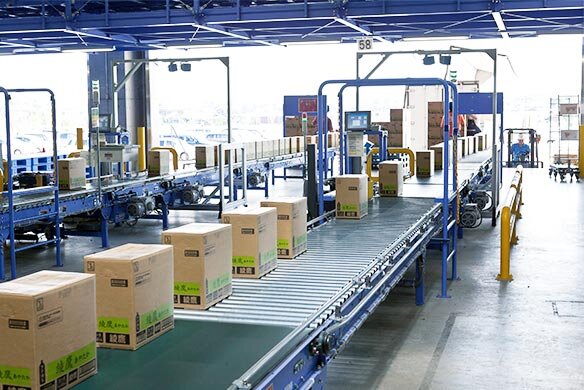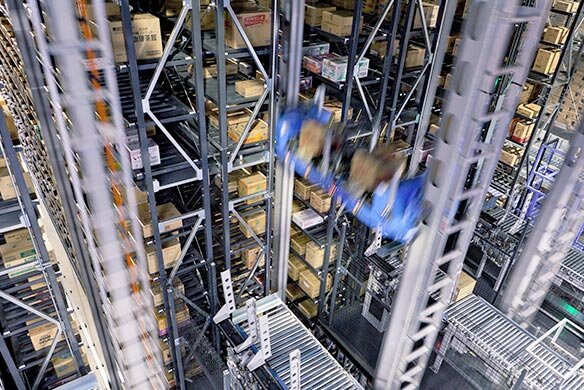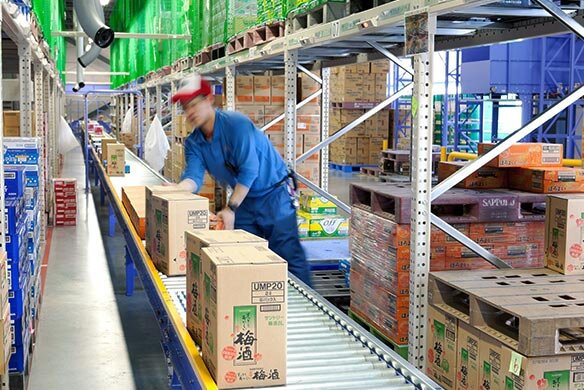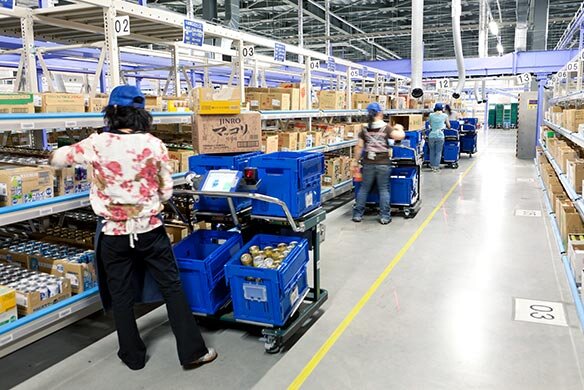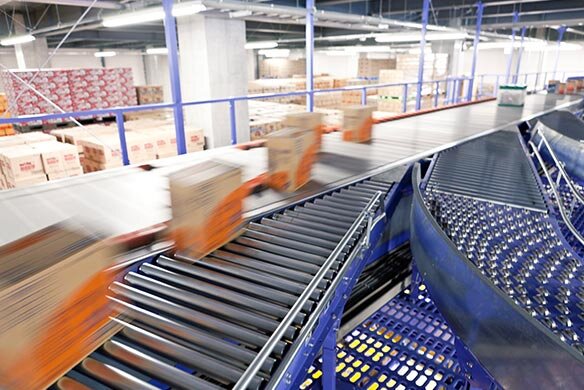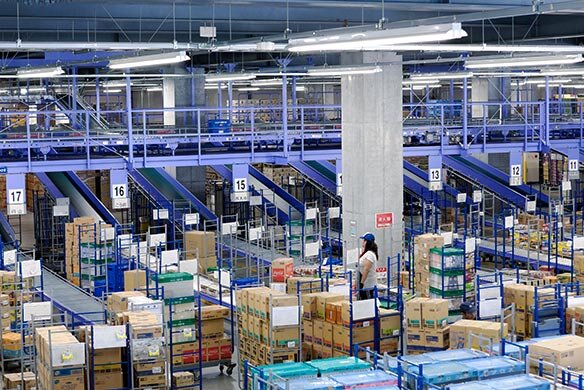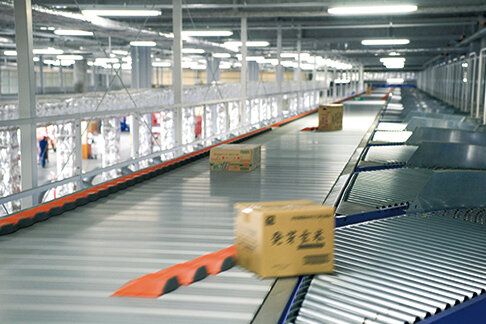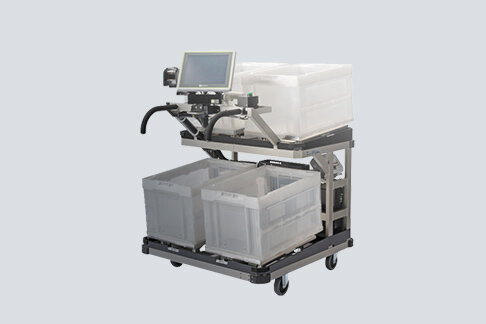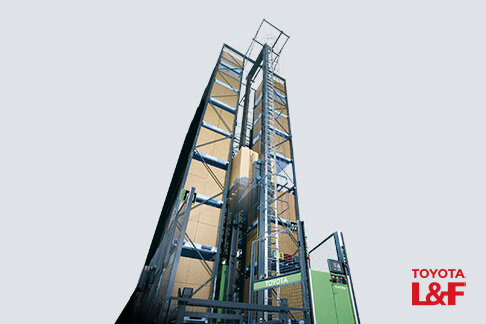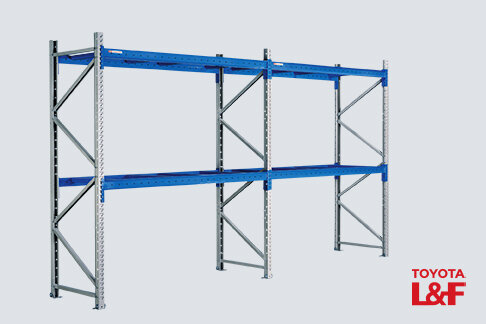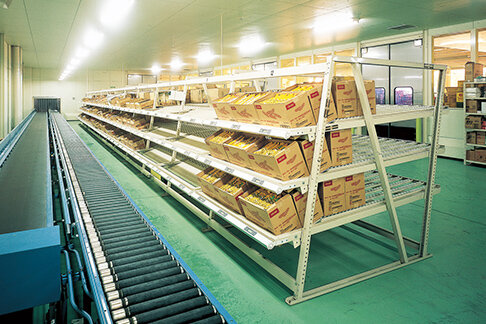Retail/Wholesale
AGV/AMR Peripherals Picking/Allocating Systems Sortation Systems Storage Systems
Halos Co., Ltd (Construction of a Warehousing/Distribution Center)
Mr. Masana Takahashi (CEO, General Manager of Logistics Department and Logistics Center)
Challenges
- Reduce the operation costs of stores.
- Improve the warehousing and distribution to keep up pace with store expansions.
- Building a center that can fully support a 300 billion yen business.
Results
- Significantly reduced the burden on stores by delivering goods in collapsible totes categorized by aisle and shelf.
- Improved order-to-delivery lead-time by introducing automation and high capacity equipment toward greater efficiency.
- Introduced a high-speed sorting system designed and built for fulfillment to 180 stores.

BackgroundWe needed an advanced automated logistics system that supports our management strategy.
Background
We needed an advanced automated logistics system that supports our management strategy.
The Halo Company strategy is to open stores in major shopping areas toward becoming No. 1 in terms of market share. To achieve this strategy toward handling of 300 billion yen sales, we aimed to build connections to regional chains that have multiple local chains. Therefore, we decided to consolidate the seven distribution centers spread out around Hiroshima and Okayama into one major distribution hub. To meet the demands of a 5 store annual rate of expansion and to improve productivity of a 24-hour operation, we believed that a state-of-the-art logistics center was the answer.
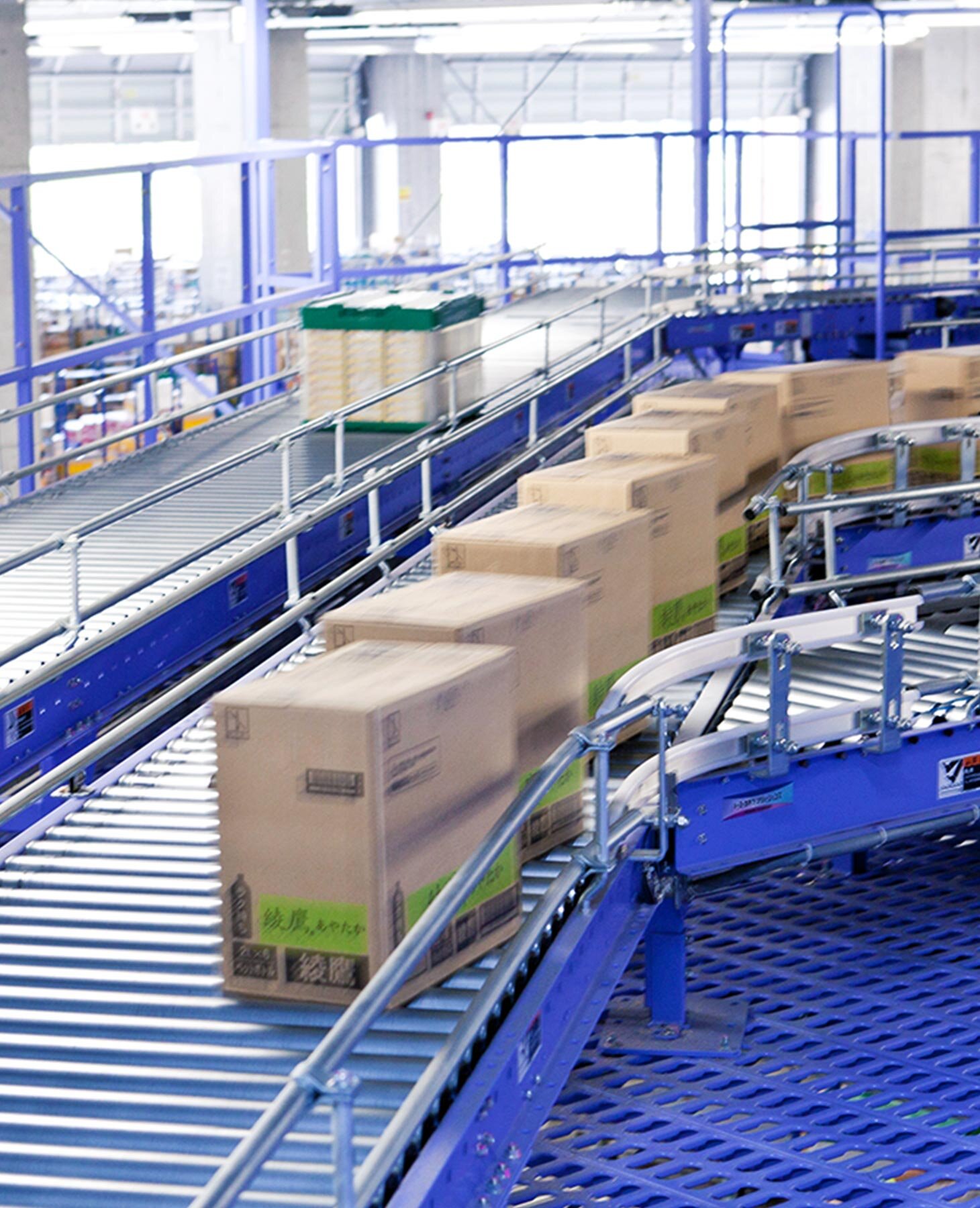
Reasons We Chose Toyo Kanetsu Solutions:Toyo Kanetsu indicated a true understanding of our vision and the characteristics of our company.
Reasons We Chose Toyo Kanetsu Solutions:
Toyo Kanetsu indicated a true understanding of our vision and the characteristics of our company.
There are about 3,500 employees at Halo Stores, including part-timers, and reducing the effort and work toward reducing overall operating costs at the store is an important midterm to long-term goal. In order to do so, we need to improve our goods delivery to the store classified by department and aisle, allocate collapsible totes to shelf location and finally reduce our out-of-stock rate to 1% or less. Toyo Kanetsu was able to fully understand the issue, our intralogistics workflow and unique vision as a supermarket chain in order to deliver an optimal solution to meet our needs. In addition to achieving a distribution that will support our expansion, a key initiative at Halo Company is to reduce our carbon footprint so we are aiming for a warehousing/distribution system that is environmentally friendly.
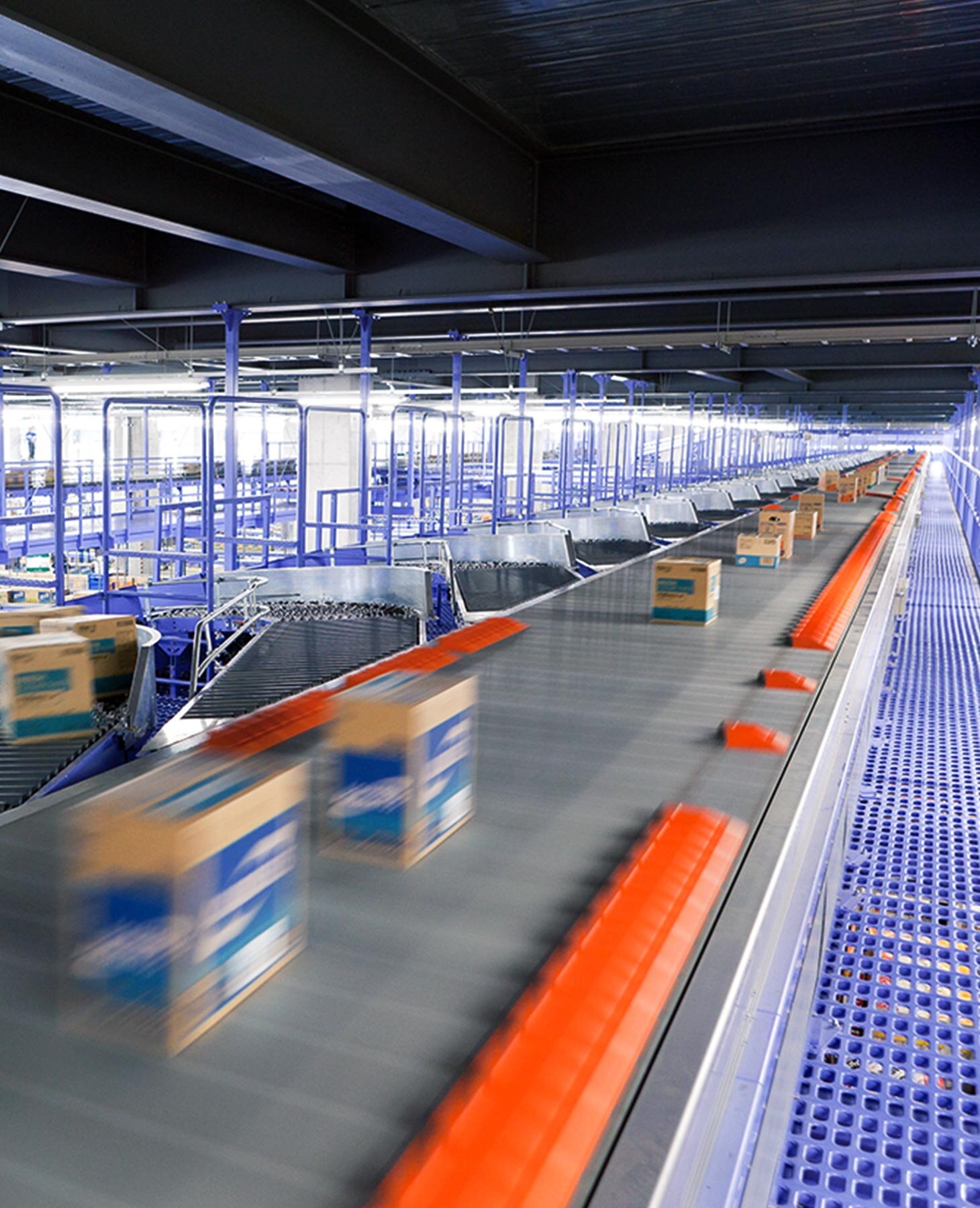
BenefitSignificant increase in efficiency with decreased workload at stores.
Benefit
Significant increase in efficiency with decreased workload at stores.
Manual work was significantly reduced by automating barcode reading of inbound goods, as well as the inspection and application of labels at the shipping process all using a case sorter. This dramatically improved efficiency. Furthermore, in a warehouse capable of storing 1,544 pallets, our automation allows us to control and ship product according to date the pallet was received. The same holds true for our automated storage and retrieval of case shipments, which has a capacity of 29,400 cases. These products can be sorted at a rate of 10,000 cases per hour, categorized per store. Currently Halos has 49 stores (as of August 2011) and with the high-speed sorting capability, our 300 billion yen sales goal is within reach. Furthermore with the introduction of an automated replenishing system, we have dramatially increased productivity in the split-case picking area, and our case picking capacity is at 3,600 cases/hour with the pick-to-conveyor (light) installation for an overall significant decrease in lead-time. The biggest benefit has been the reduction of manual effort in the store at put-away because product is classified by aisle and collapsible totes are designated per shelf. This is one step closer to achieving our medium to long-term goal.
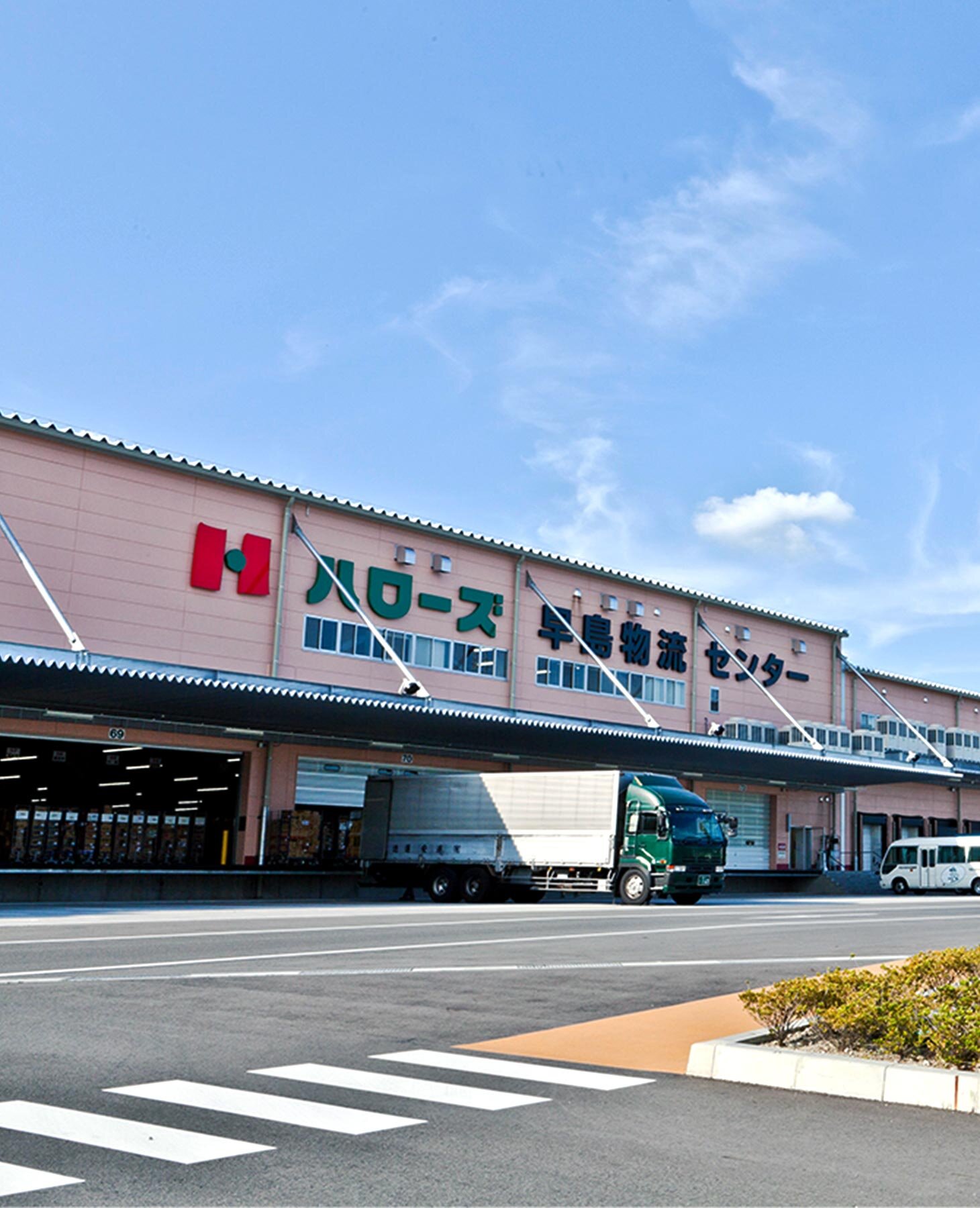
What’s Next?Our next goal is to achieve environmentally friendly operations toward mutual coexistence going forward.
What’s Next?
Our next goal is to achieve environmentally friendly operations toward mutual coexistence going forward.
We have succeeded in building a logistics systems to support 60 stores in the Hiroshima, Okayama and Kagawa regions at a volume of 100 billion yen, and 180 stores in Seto at a volume of 300 billion yen. But to fully achieve our vision, we must make sure that the system responsibility coexists with the environment, and for this, we are looking forward to the knowledge and experience of Toyo Kanetsu. In addition to our environmental improvement aspirations, we are working with manufacturers, delivery services and retailers through the Japan Logistics Research Society to improve ECR (efficient customer response) toward creating opportunities to improve systemic issues such as number of days in inventory and out-of-stock occurences. Mutual coexistence with business partners and local communities is important to our company and something we will continue to strive for as we continually move to the next level.
* Source: Based on an interview conducted August, 2011. Data, organizational departments and personal names appear as they were at time of interview.
Products and Services Introduced
